Farmers Weekly Awards 2022: Livestock Adviser of the Year finalists
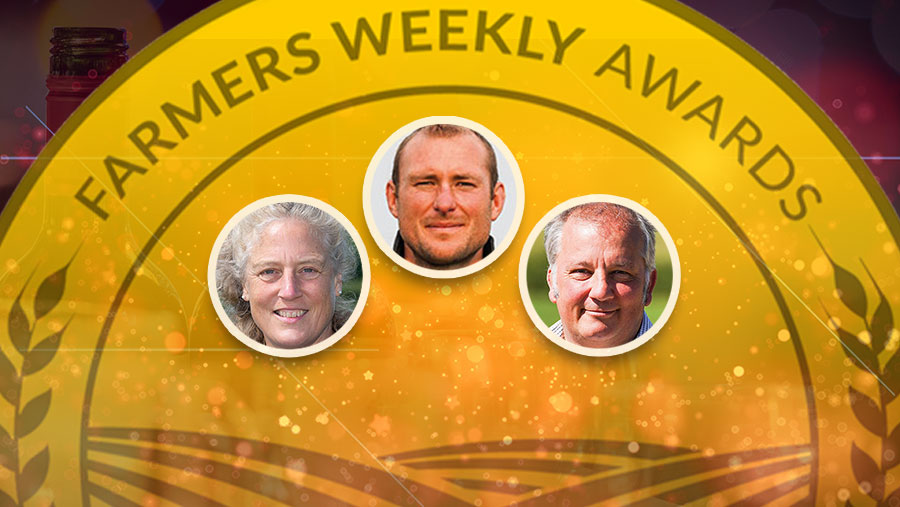
All three livestock adviser finalists are finding innovative ways to help their farming clients cope with the squeeze on profits from the sharp price rises seen in feed, fertiliser and fuel, and also declining direct subsidies.
See also: Farmers Weekly Awards 2022: Sheep Farmer of Year finalists
The finalists:
Piers Badnell
Livestock Improvement Corporation (UK) Pasture to Profit consultant, Devon
James Daniel
Managing director of Precision Grazing, Cornwall
Fiona Lovatt
Consultant veterinary surgeon at Flock Health, Durham
The judges:
Ian Ohnstad
Last year’s winner
David Jones
Farmers Weekly deputy arable editor
Claire White
Chief vet adviser at the NFU
Piers Badnell
Livestock Improvement Corporation (UK), Winkleigh, Devon
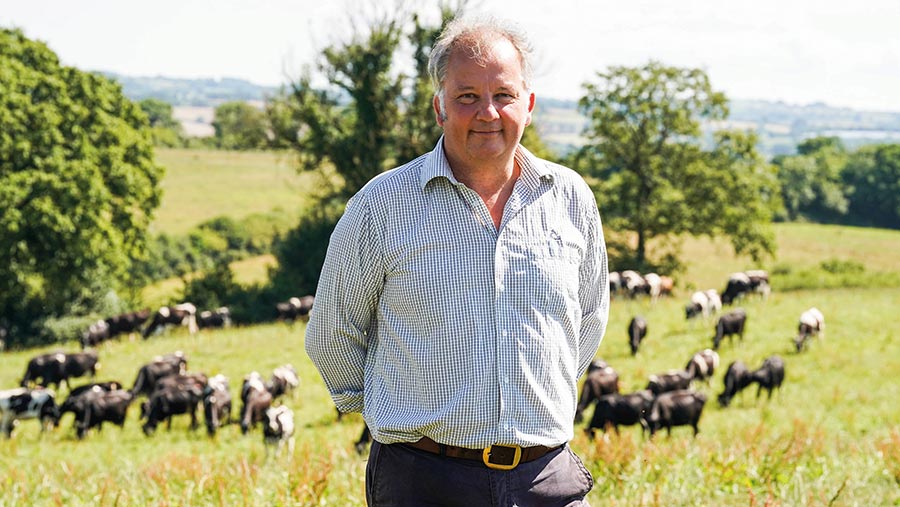
Piers Badnell © Emily Fleur
Dairy farming consultant Piers Badnell is helping some of his clients to cut the number of milkings a week to give a better work-life balance and keep cows in the milking herd for longer.
Some 15 farmers are trying the system of milking 10 times a week. It can lead to a more resilient, sustainable system with less concentrates fed and, at worst, only a slight fall in milk output.
The idea originated in New Zealand to overcome labour shortages, and as Piers works for that nation’s Livestock Improvement Corporation, he was eager to see if the system could work on UK farms.
His work is based on the New Zealand ethos of grass- and forage-based milk production, and this “10-in-seven” principle – 10 milkings in seven days – fits neatly into this more sustainable, forage-led approach.
“For farms struggling with labour, this system makes the working life easier, and makes it easier to recruit new staff,” he says.
Technical knowledge
In practice, the system can mean milking twice on Mondays, Wednesdays and Fridays at, say, 5am and 3pm, then milking once on Tuesdays, Thursdays and Saturdays at 10am, and then once on a Sunday at 8am.
The first of his clients, based in Wiltshire, started this system in autumn 2021 following a grass-based approach, and says if he went back to milking 14 times a week he would need new staff.
Piers argues that the system is more resilient to shocks, as concentrate feed use is less than 0.5t a cow a year – well below the industry average of more than 2t – which makes it more financially robust when feed prices rocket.
This system particularly suits spring-calving herds, and Piers suggests that autumn-calvers should only move to a 10-in-seven system at spring turnout to prevent high-yielding cows leaking milk when housed over winter.
“People management, in terms of attracting and retaining staff, is fundamental, unless you want to be working 100 hours a week,” he adds.
Environmental credentials
Piers is also keen to guide his 100 clients down a more sustainable route to meet net-zero targets and cope with sudden spikes in fertiliser, feed and fuel prices.
He leads nine discussion groups that meet eight to 11 times a year, with subjects such as herbal leys, healthier soils and pulling back on bagged fertiliser use usually on the agenda.
Nitrogen fertiliser use on his clients’ farms is coming down from 250kg/ha to 150-175kg/ha, and he sees no reason why it can’t come down to 60kg/ha with good use of slurry, compost and anaerobic digestate, if available.
One of his most profitable farmer clients in Cornwall keeps the cows out as much as possible, largely on a grass- and forage-based diet, uses no bagged fertiliser, and still manages a respectful milk yield of 5,500 litres a cow a year.
Client relationship
Caroline Spencer and her herd manager, Jack Pettitt, have relied on Piers as they made the transition from spring to autumn calving, due to summers become drier and too much spring milk being produced in their part of west Somerset.
Farming 144ha of free-draining, permanent pasture on the edge of the Quantock Hills, they saw warmer summers were burning off grass in mid-season in their relatively dry area of Somerset, so autumn calving seemed the right approach.
“Piers has been vital in overseeing this transition with his clarity on the best timeline and his detailed knowledge,” Caroline says
What the judges say
“Piers has a strong belief in letting the cows do the work, and giving farmers more time to focus on other things, such as staff recruitment and retention and dealing with upcoming policy changes.”
Piers Badnell summary
The judges liked
- Extremely farmer-focused and easy to work with, and works well with business and farm staff at all levels
- Strong facilitator, creating strong discussion groups, providing good resources and engaging them with fresh and new topics
- Good use of evidence-based resources and applying them to farms and for future developments
Client farm facts
Caroline Spencer, Volis Farm, Hestercombe, Taunton, Somerset
- 144ha of permanent pasture
- 260 Friesian cross Jersey milking herd
- Year three of a four-year transition from spring calving to autumn calving
The numbers
- 7 Years with LIC
- 100 Clients across the UK
- 30 Regularly visited consultation clients
- 9 Discussion groups, meeting 8-11 times a year
James Daniel
Managing director, Precision Grazing, Launceston, Cornwall
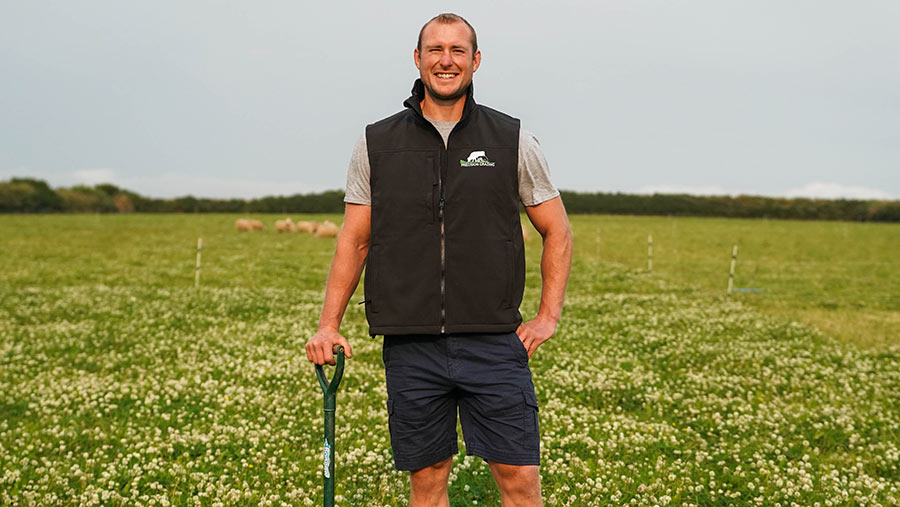
James Daniel © Emily Fleur
James Daniel has helped one south Devon farm into profit from a loss-making position by adopting rotational precision-grazing techniques. This change increased productivity while reducing feed, fertiliser and fuel use.
The rotational grazing system gives long rest periods after short bouts of grazing, and has cut concentrate use to virtually zero while allowing the farm to finish virtually all its lambs and cattle fat.
Chris and Sarah Berry’s 160ha light land farm suffers from very little rainfall, in the shadow of Dartmoor, reducing summer grazing and was not making a profit before area-based Basic Payment Scheme (BPS) subsidies.
James advised them to push lambing back, get rid of autumn calving sucklers and a small area of arable, and focus on rotational grazing to create a more sustainably and viable system. “We wanted to reduce the reliance on feed, fertiliser and fuel, and to do that we simply move the stock more often,” he says.
Technical knowledge
James used his experience of working with rotational grazing systems in New Zealand to introduce a system of short grazing periods followed by a long rest on the Devon farm.
The stocking regime was aligned to grass and forage growth, and so the 900-strong ewe flock’s lambing moved from February to late March, while autumn sucklers that need high-quality silage, concentrate feed and winter housing soon went.
With outdoor lambing and the spring-calving sucklers out year round, there was no need for the farm’s small area of arable, as they did not feed grain or need straw to house stock, so that disappeared too.
With overgrazing reduced, the grass recovered quickly and so the grazing season was extended and any excess grass at the end of the season could be mob-grazed.
“With high feed prices and reduced subsidies, a combination of rotational and mob-grazing is helping to regenerate soil health and improve sustainability,” he says.
Environmental credentials
A longer grazing season and healthier soils has helped reduce the need for nitrogen fertiliser and cut fuel use by not having to spread as much fertiliser and not having to winter house any livestock.
The next step was to make the grazed land more diverse by introducing 9ha of a four-way chicory-plantain-white clover-red clover mix.
Light lambs did extremely well on this mix, gaining 10kg in weight in a month, and GS4 legume and herd-rich swards were also introduced under a Countryside Stewardship scheme. Now, 40ha of the four-way mix and GS4 is used to help fatten lambs and cattle.
A further step was to direct-drill the farm’s winter brassica forage crop of kale and forage rape into permanent pasture and add in more species, so cutting out heavy cultivations and preventing any soil run-off after heavy rain.
The more diverse cropping and a limit on overgrazing damage will hopefully improve the soils’ organic matter, which is very important for a light land farm with less than 750mm of rain.
Client relationship
Chris took over the farm from his parents some three to four years ago, and had already made changes before James came on board, switching to Angus-based sucklers, which are smaller and easier to finish on forage than South Devons, and the largely Mule flock was switched to outdoor-lambing NZ Highlanders.
He joined one of James’ discussion groups and sought one-to-one advice to move from set-stocking to rotational and more diverse grazing.
“James had helped speed up the change of system by five to 10 years through his advice on planning ahead and measuring grass growth,” he says.
The farm is now profitable before BPS, with the ability to finish all stock as fat, and a better work-life balance.
With not as much time spent spreading fertiliser and managing winter housed cattle and sheep, there is more time for Chris to spend with his wife and young family.
What the judges say
“James works with nature and a farm’s grassland resources to maximise profitability and build resilience, while also achieving a better work-life balance for his farming clients.”
James Daniel summary
The judges liked
- A very dynamic and responsive approach and outlook to pasture management
- Not restrained by a particular system, and will work with the one suitable for a particular farm
- Empowers his clients to manage their farms effectively while sustained their profitability
Client farm facts
Chris and Sarah Berry, Higher Thornton Farm, Kennford, Exeter, Devon
- 160ha of permanent pasture, temporary leys and forage crops
- 65 Angus-cross spring-calving suckler cows plus followers
- 900 ewe New Zealand Highlander flock
The numbers
- 6 Years since founding Precision Grazing
- 19 Discussion groups
- 320 Farm business members
- 40-50 Clients in regular contact
Fiona Lovatt
Consultant veterinary surgeon, Flock Health, Barnard Castle, Durham
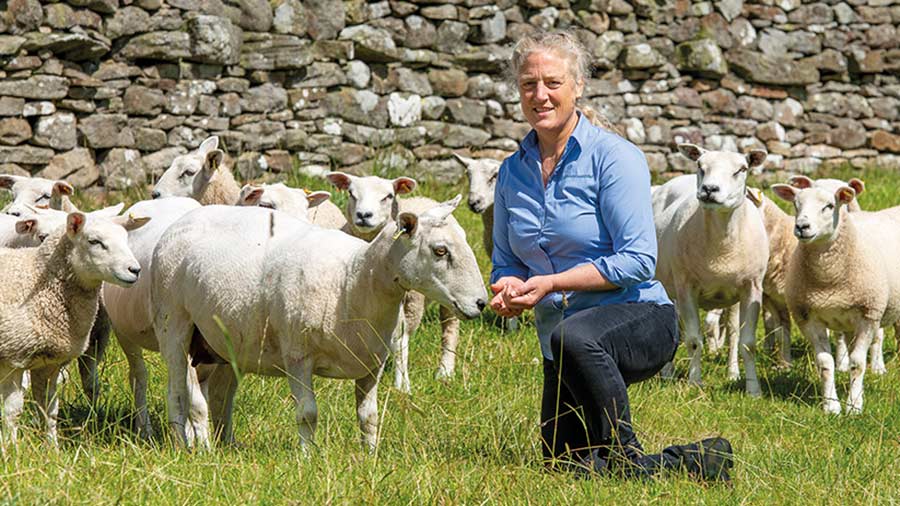
Fiona Lovatt © John Eveson
Fiona Lovatt is a specialist sheep vet who is helping Welsh sheep farmers operate more sustainably, while giving top-notch nutritional advice to a lowland Durham flock owner.
She is working to improve the colostrum of ewes by improving pre-lambing nutrition across 147 farms in mid- and south Wales, while using what grain is left in the shed to make up a total mix ration for sheep in north-east England.
With funding from the Welsh government that aims to make sheep farming more sustainable, she quickly showed that improving a ewe’s early milk supply can cut antibiotics use and get lambs off to a good start.
Her innovation was to use relatively inexpensive £20 Brix refractometers on farm to check on the quality of colostrum, and showing that the better feeding of forage could cut the need to dose lambs with antibiotics.
”We were looking to give farmers the confidence that if they get the nutrition and hygiene right, they don’t need to use routine antibiotics,” she says.
Technical knowledge
Fiona started her vet career in 1995 as part of a mixed practice in the Barnard Castle area, and soon realised there was a gap in the market for a specialist sheep vet, but that few sheep farmers could afford that specialist approach.
She started out on her own in 2012 by setting up Flock Health, offering vet training, farmer workshops and conduct small research projects.
She then set up Flock Health Clubs in 2015. Now there are 115 vet groups that offer a four-year programme, consisting of four meetings a year and typically costing about £1 a ewe a year to join.
The programme is based on the “plan, protect and prevent” principles of animal health.
These groups are set up by the individual vet practices, and Fiona is then on hand to support local vets to give a good service. However, this often means discouraging direct farmer clients.
However, this often means discouraging direct farmer clients. Although direct contact with farmers is now limited to a handful she retained from her vet practice days and those in the Welsh groups, Fiona is very involved in the industry in terms of retailers, processors, levy boards and pharmaceutical groups.
Environmental credentials
Her work with the flock clubs has given flock owners great confidence to deal with key issues such as reducing lameness, cutting antibiotics use and forging a better relationship with the local vet.
Nationwide, oral antibiotics use in lambs has halved over the past five to six years, and Fiona is keen to see pressure maintained to reduce it further by encouraging better flock health.
“If we look at the nutrition, and check the forage and key supplements, the resulting better health of the flock can lead to cutting antibiotics use,” she says.
She is also a part-time associate professor at the University of Nottingham, teaching PhD students on topics as wide-ranging as antibiotics use and financial returns.
Client relationship
Clare Wise and her husband, Stewart Chapman, are some of Fiona’s original clients, and she still advises them on the nutrition and health of their 480-strong Charollais-cross ewe flock.
Fiona is able to check what grains are left in the shed and then formulate a total mixed ration, fed by the farm’s feeder wagon to pregnant ewes. It typically contains beans, barley, silage and molasses.
Clare says the body condition of her ewes has improved up to lambing, thereby boosting colostrum quality and eliminating E coli dosing, while there is no trough feeding after lambing.
“Fiona is the best investment I have made on the farm and has revolutionised the way we manage sheep. We are no longer reactionary, but rather proactive,” says Clare.
Climate change means that ryegrass-based leys are not as productive in dry summer, so Clare says she will need Fiona to help with introducing red clover-plantain mixes for fattening lambs.
What the judges say
“Fiona is passionate about her chosen sector and works to link academic work and practical on-farm advice.”
Fiona Lovatt summary
The judges liked
- Very enthusiastic and passionate about her specialist topic of the sheep industry
- Clear and concise communication skill and using very understandable graphics
- Involved in academic research to help bridge the gap between research and practical farming
Client farm facts
Clare Wise and Stewart Chapman, Manor Farm, Little Stainton, Stockton-on-Tees, Cleveland
- Mixed farm of 224ha of heavy land
- 480 ewes and 65 sucklers plus followers
- Crops include winter wheat, winter barley and winter oilseed rape
The numbers
- 27 Years as a vet
- 10 Years since founding Flock Health
- 123 Clients across the UK
- 6 Welsh farmer groups
Sponsor’s message
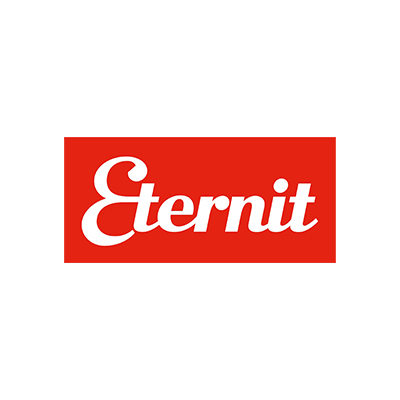 “Eternit helps to support livestock advisers with over a century of experience and expertise in supporting British farmers and their farm buildings. Our innovative roofing solutions have been helping farmers improve animal welfare, boost profits and future-proof their businesses for the next generation”.
“Eternit helps to support livestock advisers with over a century of experience and expertise in supporting British farmers and their farm buildings. Our innovative roofing solutions have been helping farmers improve animal welfare, boost profits and future-proof their businesses for the next generation”.
Raheela Hussain, Eternit brand manager
